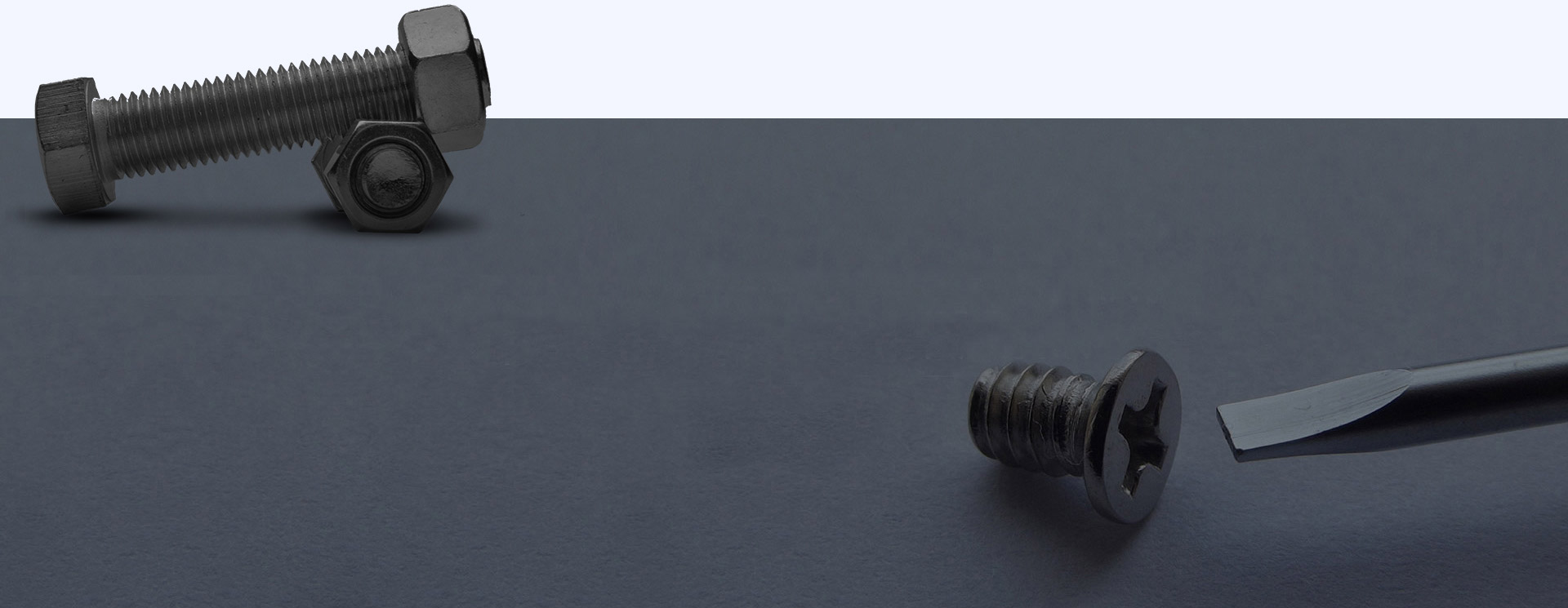
Nov . 06, 2024 04:14
Back to list
Pressure Relief Valve - Ensuring Safety and Efficiency in Fluid Systems
Understanding Pressure Reducing Valves A Key Component in Fluid Systems
Pressure reducing valves (PRVs) play a crucial role in various fluid systems by regulating the pressure of fluids, ensuring safety, efficiency, and reliability. These devices are extensively used in industries ranging from water supply systems to oil and gas operations, and even in residential plumbing. In this article, we will explore the functions, types, advantages, and applications of pressure reducing valves.
What is a Pressure Reducing Valve?
A pressure reducing valve is a mechanical device designed to lower the incoming pressure of a fluid to a desired, lower pressure. The main function of a PRV is to maintain a steady output pressure, irrespective of fluctuations in the upstream pressure. This feature is critical, as excessive pressure can lead to system failures, leaks, or even catastrophic incidents in extreme cases.
How Does a Pressure Reducing Valve Work?
PRVs operate based on a simple mechanical principle. They typically consist of a diaphragm, a spring, and a control mechanism. When high-pressure fluid enters the valve, it exerts force on the diaphragm, which moves against the spring's resistance. The spring’s tension determines the desired output pressure. As the pressure builds, the diaphragm's movement opens a port, allowing fluid to flow out at a regulated, lower pressure. If the downstream pressure exceeds the set point, the diaphragm moves back, closing the valve and preventing further flow until the pressure stabilizes.
Types of Pressure Reducing Valves
There are several types of pressure reducing valves, each suited to specific applications
1. Direct Acting PRVs These valves use the pressure exerted by the fluid to mechanically control the opening and closing of the valve. They are commonly used in domestic water systems.
2. Pilot-Operated PRVs These valves utilize a small pilot valve to control a larger main valve. This design allows them to handle higher flow rates and achieve greater accuracy in pressure regulation, making them suitable for industrial applications.
3. Spring-Loaded PRVs These valves rely on a spring to set the desired pressure level. They are widely used in various applications due to their simplicity and effectiveness.
.
The benefits of incorporating PRVs in fluid systems are manifold
مخفض الضغط

- Safety By maintaining a regulated pressure, PRVs prevent the risk of over-pressurization, which can lead to equipment damage or failure.
- Efficiency PRVs help in optimizing the operation of pumps and other equipment by ensuring they operate within their designed pressure range, thereby improving energy efficiency.
- Water Conservation In water supply systems, PRVs reduce leakage and wastage by controlling pressure, contributing to overall water conservation efforts.
- Extended Equipment Life By minimizing the risk of pressure-related damage, PRVs can extend the lifespan of valves, pipes, and other system components.
Applications of Pressure Reducing Valves
PRVs are versatile devices employed in various sectors
- Water Supply Systems In municipal water supply, PRVs are essential for regulating pressure in distribution networks to ensure safe and efficient delivery.
- Industrial Processes Manufacturing facilities utilize PRVs to control the pressure of steam, gases, and other fluids in their operations.
- Heating and Cooling Systems In HVAC systems, PRVs regulate the pressure of heating and cooling fluids, ensuring optimal system performance.
- Gas Regulation In natural gas distribution, PRVs manage pressures to ensure safe and effective delivery to consumers.
Conclusion
Pressure reducing valves are indispensable components in numerous fluid systems, providing critical pressure regulation that ensures safety, efficiency, and reliability. Understanding their functioning, types, and applications can help in making informed decisions about their use in various industrial and domestic settings. As technology progresses, innovations in PRV design will likely enhance their functionality and effectiveness further, making them even more vital in fluid management systems.
Latest news
-
Safety Valve Spring-Loaded Design Overpressure ProtectionNewsJul.25,2025
-
Precision Voltage Regulator AC5 Accuracy Grade PerformanceNewsJul.25,2025
-
Natural Gas Pressure Regulating Skid Industrial Pipeline ApplicationsNewsJul.25,2025
-
Natural Gas Filter Stainless Steel Mesh Element DesignNewsJul.25,2025
-
Gas Pressure Regulator Valve Direct-Acting Spring-Loaded DesignNewsJul.25,2025
-
Decompression Equipment Multi-Stage Heat Exchange System DesignNewsJul.25,2025

